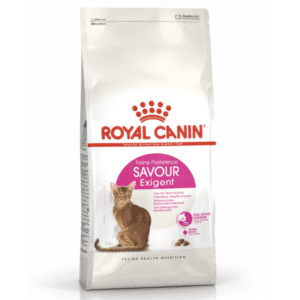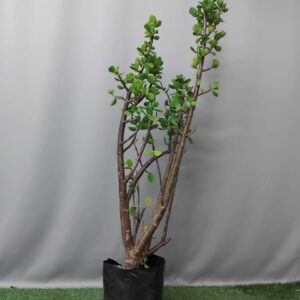How to care for your new tree sapling
Trees, hedges and borders

It’s National Arbour Week from 1 to 7 September 2020, and we’re celebrating the importance of trees. Trees help filter contaminants in the air and lower greenhouse gases; reduce urban runoff; lower noise pollution; provide shade and naturally help to keep your home cool during summer; and, of course, greatly increase the enjoyability of all living spaces.
If your garden needs some sprucing up, head for your local Stodels, choose your favourite tree (remember, local is lekker!) and follow this guide to caring for your new tree sapling.
Tips for selecting your young tree
- Prioritise your needs. Do you want evergreen foliage, shade or a tree that will attract birds to your garden?
- Take a closer look. Look for a sapling that is free of any pests or fungal diseases.
- Size doesn’t matter. Choose a shorter tree with sturdy lower branches over tall, spindly saplings – it will be less likely to topple over once you plant it.
- Gently does it. Avoid picking it up by the trunk and provide some barrier protection when transporting it so that it doesn’t get “windburn”.
Drought-tolerant trees to plant
Your young tree will require regular watering – even during a drought. If you are trying to conserve water, cater for this by utilising grey water as much as possible and by only planting drought-tolerant tree varieties, including:
- Cape ebony (Euclea pseudebenus)
- Chinese lantern (Nymania capensis)
- Karoo gold (Rhigozum obovatum)
- Spekboom (Portulacaria afra)
- Quiver tree (Aloe dichotoma Masson)
Where to plant your tree sapling
- Each sapling has its own light requirements, so make sure to check that the spot you choose will remain appropriate as your sapling grows. Keep in mind that the ground where you plant your sapling may not necessarily receive the same light as the space higher up. As the tree grows, it may get more (or less!) light depending on its surroudings.
- Use a broomstick to check that the light levels will be correct at the top of the tree: place the stick vertically on the desired location and see how high the shadow mark extends up the stick. Remember to check this at varying points during the day as the sun moves across the sky and your garden.
How to plant tree saplings
- Dig a square-shaped, 60cm x 60cm, hole. A large hole will ensure there is enough new loose soil for young roots to grow into easily, which will also encourage faster and healthier growth. A square-shaped hole encourages roots to grow sideways and downwards for a large spread of deep roots, which ensures your newly planted tree remains stable and rigid.
- Mix two handfuls of compost, half a cup of bonemeal and half a cup of 2:3:2 fertiliser into the dug-up soil.
- Fill the hole with water and allow it to soak in and drain naturally.
- Plant the tree in the hole at the same depth as it was in its packaging. Backfill soil around the root ball, packing lightly as you go. Remember to pack soil tightly only directly around the stem, as roots need loose soil to grow into. Leftover soil can be used to form a small mound around the tree (known as a watering well).
- Save water and prevent rapid drying of soil around the tree by mulching. Cover the soil with a 7cm- to 10cm-deep layer of mulch that extends at least 45cm around the trunk in a circle.
How often to water new trees
- Your tree is at its weakest just after planting and needs a fair amount of water, but be careful not to overwater the sapling. During the first two years, the soil should always be moist, but not soggy.
- Insert a garden spade into the soil around your sapling to a depth of 3cm to make a small trench, then feel the soil. If it is dry to the touch, your sapling needs water. If it’s moist, it’s fine.
- If in need of water, use a steady stream from a garden hose for 30 seconds.
- If your tree is over two years old, it will have developed a strong root structure and can withstand longer periods without water, and, in all likelihood, you will not need to water it.
Expert tip
- Deep watering ensures the sapling’s roots grow strong and deep underground. Light and insufficient watering will cause surface roots to develop. These roots are too weak to support the young tree and can make the plant susceptible to disease.
- Remember that sprinklers do not adequately water tree saplings and actively contribute to surface-root formation.
You might also like
Shop online
-
- Sale!
SAVOUR EXIGENT 4KG
- Original price was: R788.99.R709.99Current price is: R709.99.
- Add to cart Learn More




